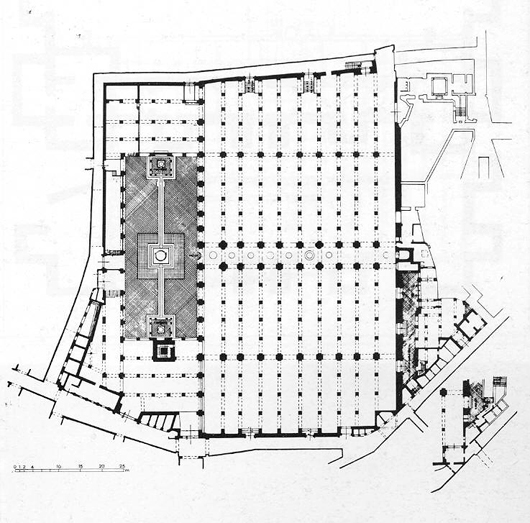The eleventh century closes with the political imbalance in favor of the Christian kingdoms in the north. The most obvious change is that, in 1085, the city of Toledo, former capital of the kingdom Visigoth and Islamic capital after the halfway mark and the Taifa du-l-Nuni , power passes Alfonso VI of Castile . Toledo's capitulation marks a decisive turning point in English medieval history, both for Muslims as for Christians.
Aware of their political weakness, the Taifa Kingdoms enlisted the help of empire Almoravids of Yusuf ben Tasufin , who came to the Peninsula immediately, in 1086, defeated the Christians in the battle of Sagrajas and although it was not his original intention, since 1090 united under his rule the entire territory of al-Andalus.
Almoravid Empire in its maximum extension, to 1120.
Almohad Empire at its greatest extent, around 1200.
Thus began the period of the two empires Berbers, the Almoravids and Almohad , settled on both sides of the Strait of Gibraltar, in al-Andalus the Maghreb.
Andalusian artistic tradition lasted Almoravid domination through northern Africa, where he received new contributions East. These features can be seen in crossbred the Great Mosque of Tlemcen or the Qarawiyyin Fez, where you can notice the presence of Andalusian craftsmen.
Great Mosque Tlemcen, Algeria (1082). Plant
Mosque and Madrasa of Qarawiyyin (Al-Qarawiyyin) , Fez, Morocco (1135). Plant
Mosque and Madrasa the Qarawiyyin (Al-Qarawiyyin) , Fez, Morocco (1135). Patio.
The Almohad period left in the city of Seville, home of the Caliph from 1171, a congregational mosque, which have been preserved, with some processing, the patio de los Naranjos and the minaret, now Giralda. In this same period are also important urban palaces that can still be seen in the Buhayra and the Real Alcázar.
Mosque of Seville (1172-1198). Courtyard orange.
Giralda in Seville, Spain (1172-1181) . Events since the Almohad minaret (left).
Giralda in Seville, Spain (1172-1181) . Details sebka cloths.
Real Alcazar Sevilla . Almohad breaks, known as Patio del Yeso (s. XII). Location within the complex.
Reading offered at the School of Architecture at the University of Notre Dame in South Bend, Indiana (USA), January 28, 2011.
Author: Pablo Álvarez Funes


















0 comments:
Post a Comment